Key Points
- Operators bringing passengers to most countries in Europe will soon need to be registered with the EU’s new Entry/Exit System for passenger screening. This new system will eventually function much the same as the ESTA system does in the US.
- The folks behind this new system are EU-LISA: “the European Union Agency for the Operational Management of Large-Scale IT Systems in the Area of Freedom, Security and Justice”. They are basically the folks managing the customs information for anyone travelling in and out of the Schengen Area.
- Implementation has been postponed several times already – see “Key Dates” below for the latest.
- It has been extremely difficult to work out which flights have to comply with these new rules. It seems the answer is that only private flights are exempt.
Key Dates
Once again, it looks like the EU-LISA program is getting postponed. There’s no official update yet, but word on the street from our friends at the EBAA is that EES and ETIAS have been delayed as follows:
Late 2024: EES
What does this mean? EES stands for Entry/Exit System.
What’s changing? Basically, EES will be turning manual passport stamping and visa checking into a digital process instead (although passports will continue to be stamped during the following 3 months).
No earlier than 2025: ETIAS
What does this mean? ETIAS stands for European Travel Information and Authorisation System.
What’s changing? You might have already come across ETIAS – it is the EU’s version of a visa waiver, similar to the US ESTA program. If you come from one of 60 or so countries that are currently covered by the ETIAS system then you can use it for your visa waivering.
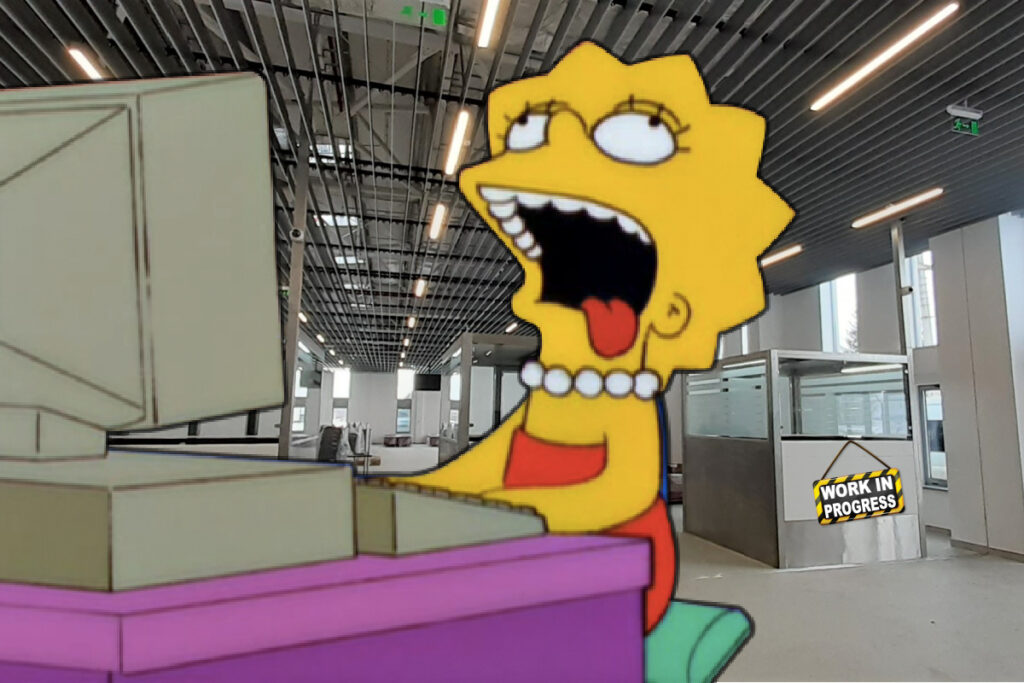
What is a carrier?
Get used to the word “carrier”. This is EU-LISA’s word for “operator performing any kind of commercial flight”.
With that definition in mind, know that all carriers need to comply with EES and ETIAS requirements. So that includes scheduled, non-scheduled, charter, Part 135, flying unicorns for hire…
Nowhere on the EU-LISA carrier site does it specifically say this – nor in the waffle in their FAQ section.
So are private flights exempt?
Yes. That’s what they have told us in our latest email exchange in Nov 2023:
OPSGROUP: Is EES/ETIAS only required for commercial flights, and not required for private flights?
EULISA: You are correct. A private flight with non-fee paying passengers on board does not fall under the scope of EES/ETIAS. Regarding checks on private flights you can refer to Regulation (EU) 2016/399, section 2.3. Checks on persons on private flights.
OPSGROUP: Just to double-check something on this… Passengers on private flights don’t need to do EES/ETIAS, even when being flown by pilots who are being paid to fly the plane?
EULISA: You are correct. Passengers on private flights do not need to undergo the EES or ETIAS process, even when being flown by pilots who are being paid to operate the aircraft. Natural or legal persons that use private owned aircrafts and do not transport passengers as their profession are not considered carriers and do not need to query the carrier interface.
OPSGROUP: Can we ask for one further item of clarification. A lot of US companies operate private aircraft to the EU. These aircraft are owned and operated by the company. Under US rules, they are private flights. But can you confirm that they fall under your definition of private flights?
EULISA: Please note that the definition of private flights takes into consideration the fact that private flights do not transport passengers commercially but operate for private reasons.
So what do carriers need to do?
Get registered ASAP!
To register, click here, download the form and fill it in electronically (i.e. do not print & scan), and then e-mail it to carriers_onboarding@eulisa.europa.eu. EU-LISA should then reply with follow-up guidance.
Late 2024: EES
Carriers will need to verify electronically whether a third country national travelling to the Schengen Area has already used the number of entries authorised by their visa.
No earlier than 2025: ETIAS
Carriers will have to verify the status of travel documents required for entering the Schengen Area, including the need to hold a ETIAS travel authorisation prior to boarding.
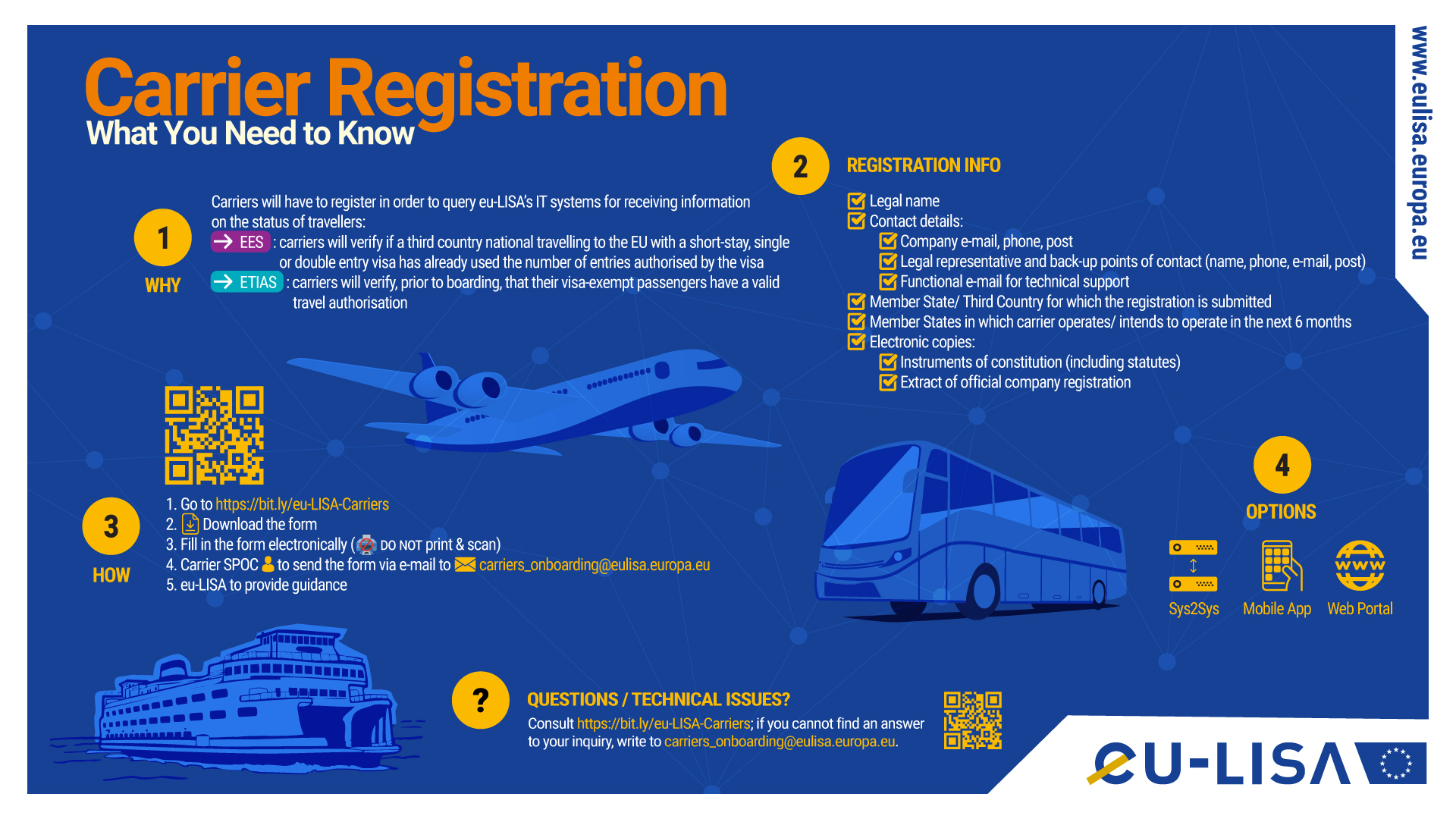
If you have insider info on all this, have used it, and have feedback on the process, or if we’ve got anything wrong in our explanation, please let us know at news@ops.group
Schengen isn’t EU?
Figured we’d throw in a quick explanation of this too for good measure.
The Schengen Area, in case you don’t know, comprises of 26 member states, and is not quite the same as the EU both in terms of purpose and members. There are countries which are in Europe but not in the EU (23 at last count), and there are non-EU countries which make up part of the Schengen thing – Iceland, Norway, Switzerland and Liechtenstein to be precise.
The big difference between the EU and Schengen though is that the EU is an economic, political thing whereas the main purpose of Schengen is simply supporting ‘free movement’ of Schengen people. This is all down to an “agreement” between the members where they have effectively abolished their internal borders. In other words, folk don’t need to show a passport when travelling between.
More on the topic:
- More: OPSCHAT Summary 08 MAR
More reading:
- Latest: US Midwest: Cicada’s are coming to town
- Latest: Saudi Arabia Overflights – Free Route Gotcha
- Latest: International Ops Bulletin
- Safe Airspace: Risk Database
- Weekly Ops Bulletin: Subscribe
- Membership plans: Why join OPSGROUP?



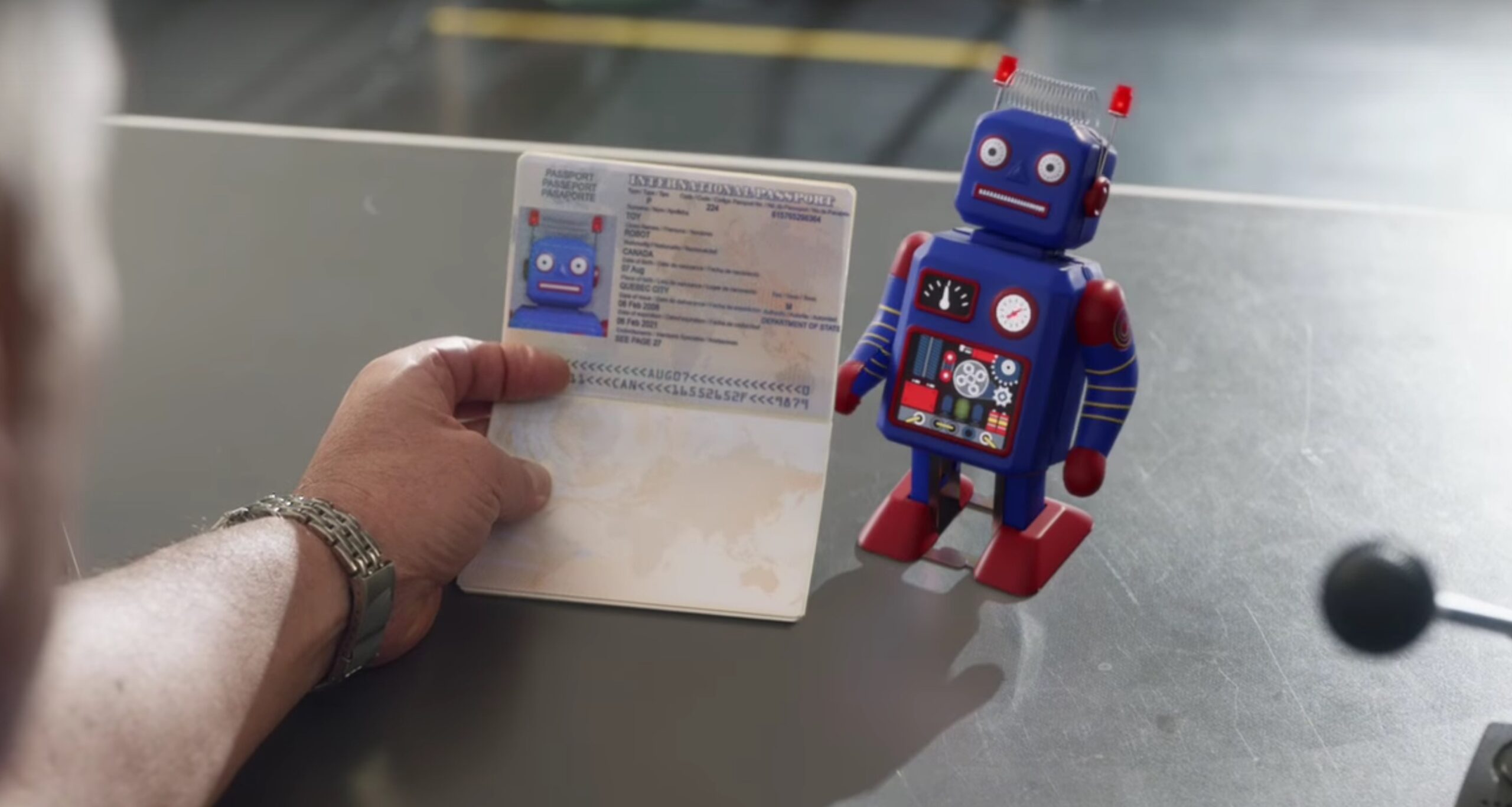



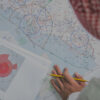


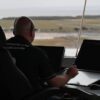

 Get the famous weekly
Get the famous weekly 



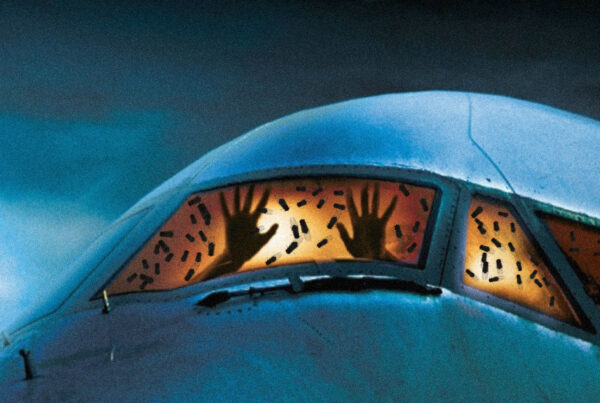

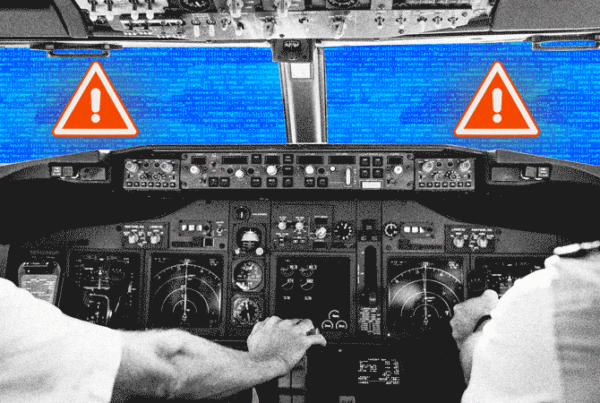
Hello, just to point out that the map is outdated as Croatia is part of Schengen area since January.
Thanks Rafael, well-spotted. I’ve just updated it now with the current version!
From EBAA:
However, if the aircraft is owned by a private individual or organization, the crew is hired directly by the aircraft owner, and flights are not open for public use or charter, the operation will not be required to use the new systems.
Can anyone comment on “not managed by an external company”? Our corporate structure is organized in a way that the owner has a dry-lease in place for personal travel. The pilots and maintenance work for a third-party whose only job is to provide pilot and maintenance services to the registered owner and dry lessee.
Similarly, what if you own an aircraft and use full-time contractors to crew or maintain your aircraft?
Well my department falls into the not need to comply with this new mandate and we already registered and paid the fees.
Now What?